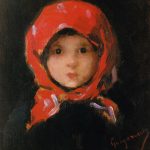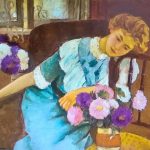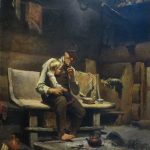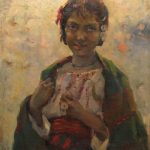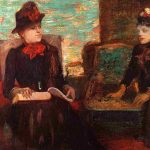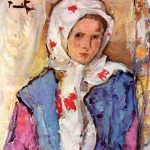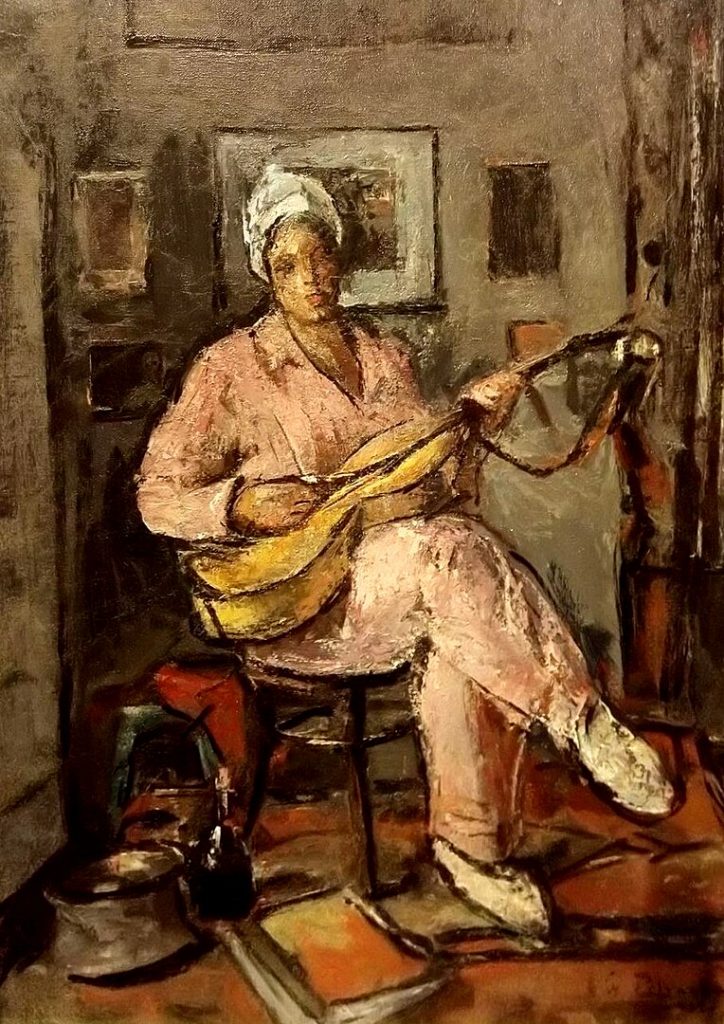
Gheorghe Petrașcu (1872–1949), a Romanian painter and one of the pioneers of modern Romanian art, left an indelible mark on the country’s cultural landscape. Born on February 22, 1872, in Bucharest, Romania, Petrașcu’s artistic journey unfolded during a period of significant social, cultural, and political changes in the country.
Petrașcu’s early years were marked by a deep appreciation for art, leading him to pursue formal training at the National School of Fine Arts in Bucharest. His studies there exposed him to various artistic currents, including academicism and impressionism, laying the foundation for his future explorations in painting.
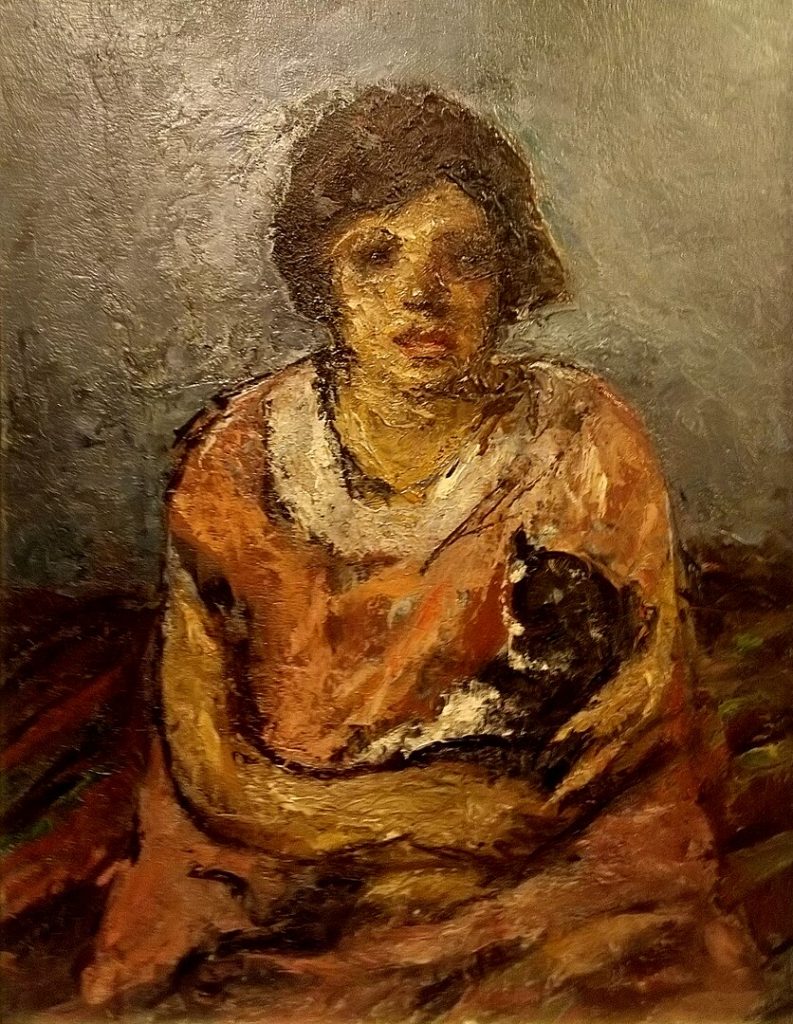
During the early 20th century, as Romania underwent a process of modernization, Petrașcu emerged as a key figure in the Romanian art scene. He played a crucial role in the transition from academic traditions to more avant-garde and modernist approaches, contributing to the development of modern Romanian art.
Mixed Influences
Petrașcu’s oeuvre reflects a dynamic fusion of influences, ranging from academic realism to post-impressionism. His early works, such as “At the Black Sea” and “The Red Shawl,” showcase a mastery of color and light, capturing the essence of the Romanian landscape with a vibrant and emotive brushstroke.
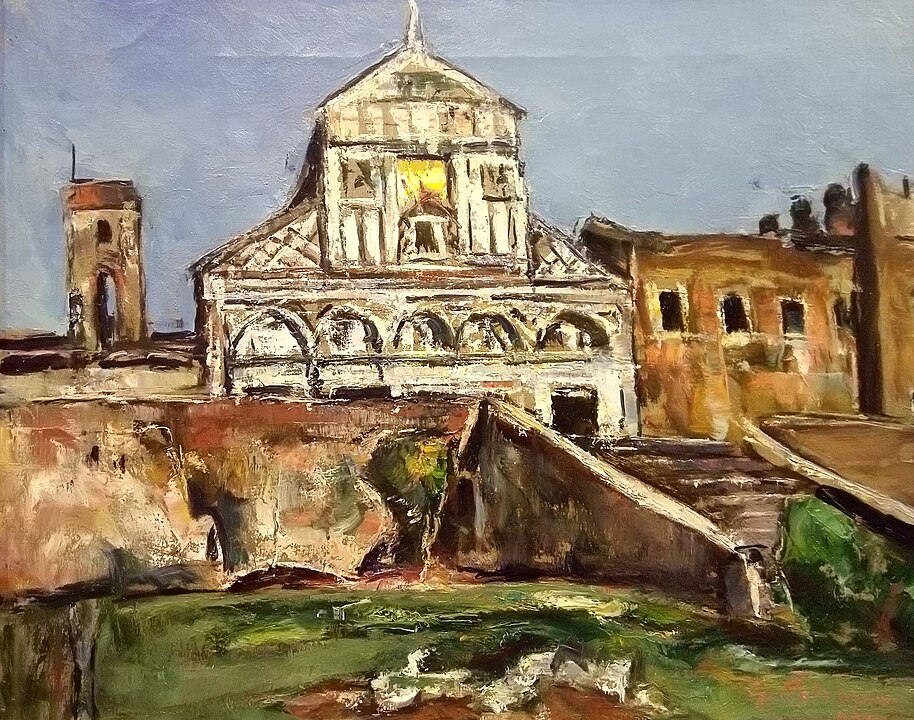
The artist’s engagement with post-impressionist techniques, particularly pointillism, is evident in his later works. Petrașcu’s exploration of color and form became more pronounced, as seen in paintings like “The Barges” and “The Green Boat,” where the interplay of light and shadow creates a dynamic and visually striking effect.
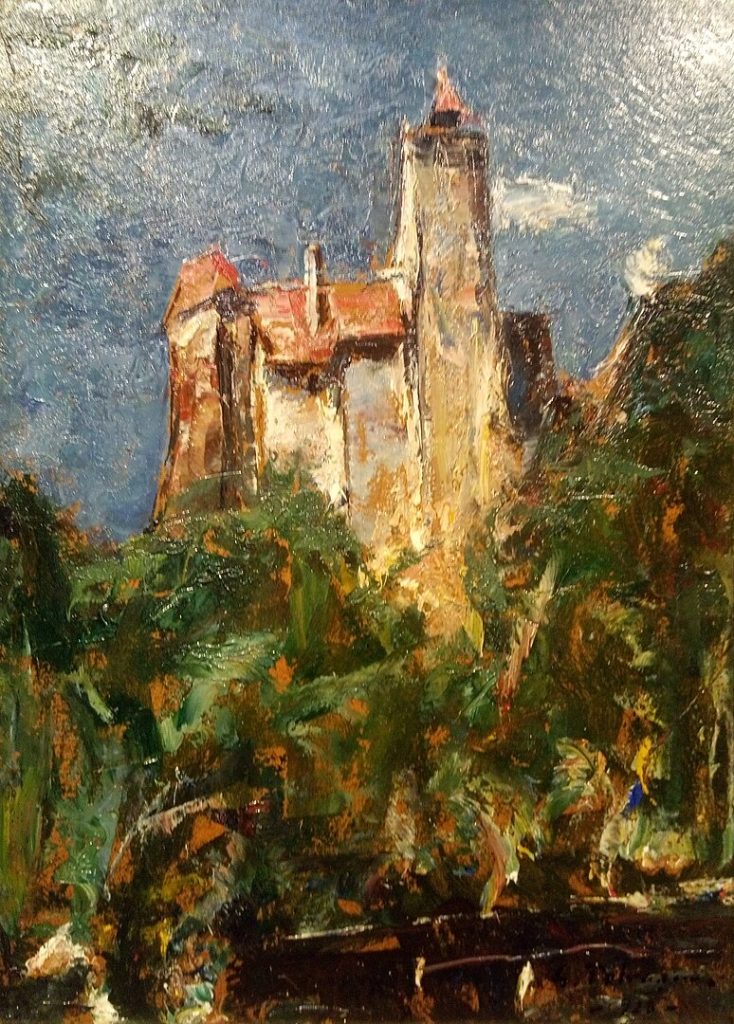
A significant aspect of Petrașcu’s legacy lies in his involvement with the Group of Four, a collective of Romanian artists seeking to modernize Romanian art. Alongside fellow painters Ștefan Dimitrescu, Iosif Iser, and Francisc Șirato, Petrașcu contributed to the group’s exhibitions and discussions, fostering a spirit of innovation and experimentation.
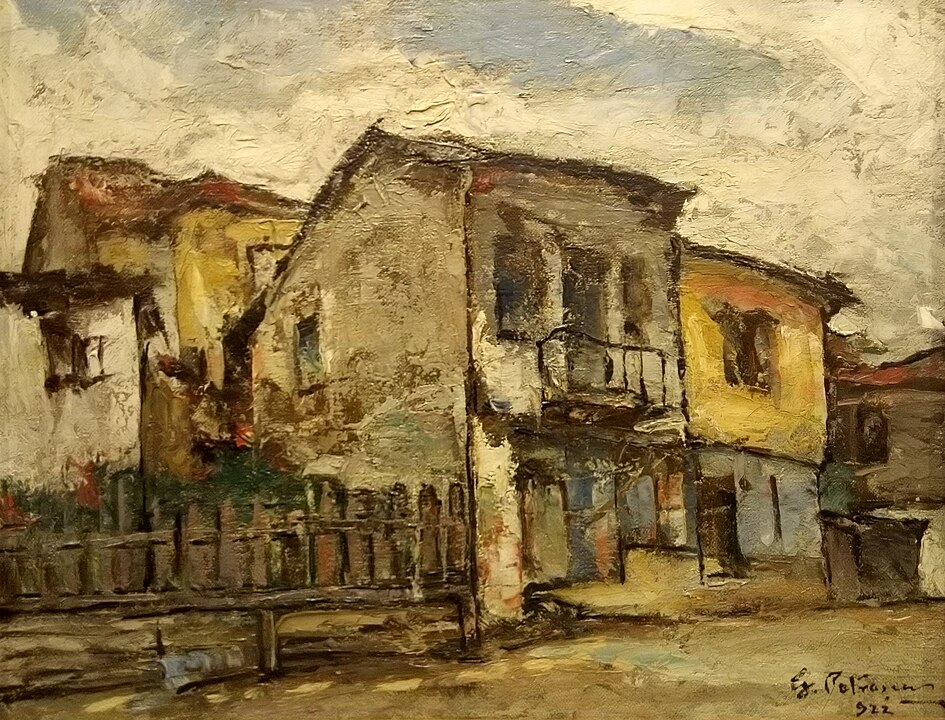
Petrașcu’s commitment to artistic expression went beyond traditional painting. He explored various themes, including landscapes, portraits, and still life, each imbued with a distinctive touch. His versatility allowed him to capture the diversity of Romanian life and culture during a period of societal transformation.
Challenge of Communism
Despite the challenges presented by political changes in Romania, including the establishment of a communist regime, Petrașcu continued to paint and exhibit his works. His dedication to artistic expression remained undeterred, and he left a lasting impact on subsequent generations of Romanian artists.
Gheorghe Petrașcu passed away on September 16, 1949, but his legacy endures as a key figure in the narrative of modern Romanian art. His contributions to the evolution of artistic styles and his role in shaping the trajectory of Romanian painting make him a revered figure in the cultural heritage of the country.
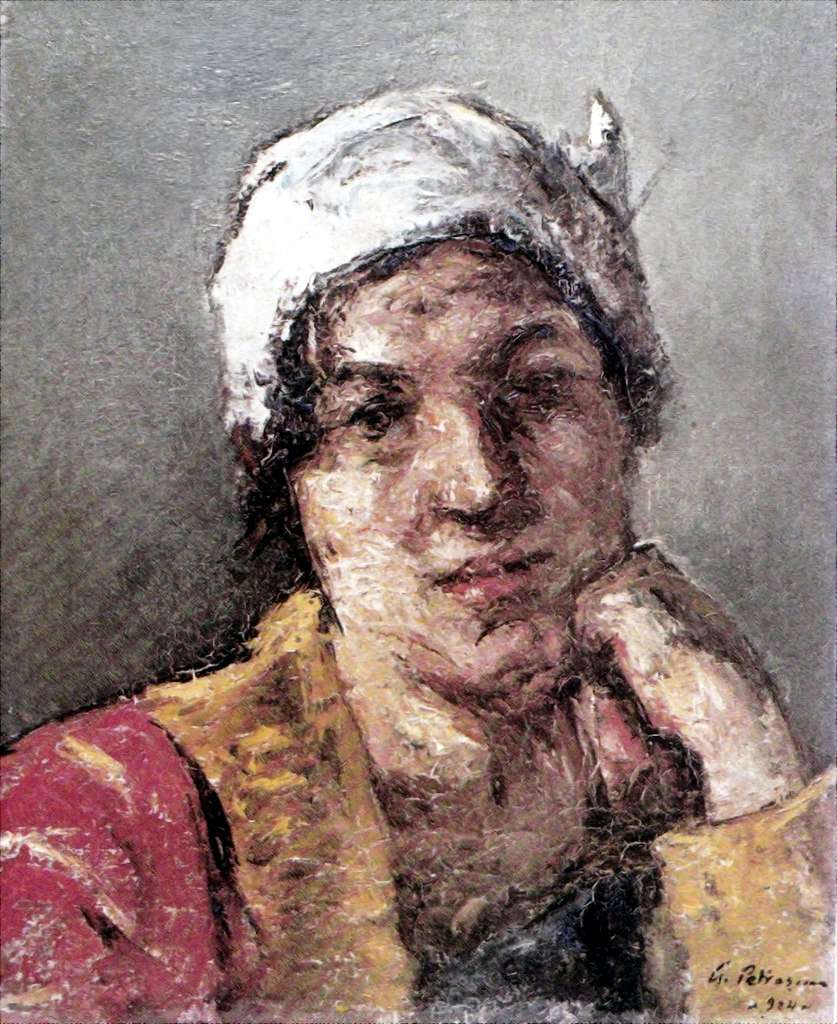
In conclusion, Gheorghe Petrașcu’s biography is a testament to his pivotal role in the modernization of Romanian art. His journey from academic traditions to avant-garde experimentation reflects not only his personal evolution but also the broader shifts within the cultural and artistic landscape of Romania during a crucial period in its history. Petrașcu’s legacy stands as a beacon of creativity and innovation, influencing generations of Romanian artists who followed in his footsteps.

